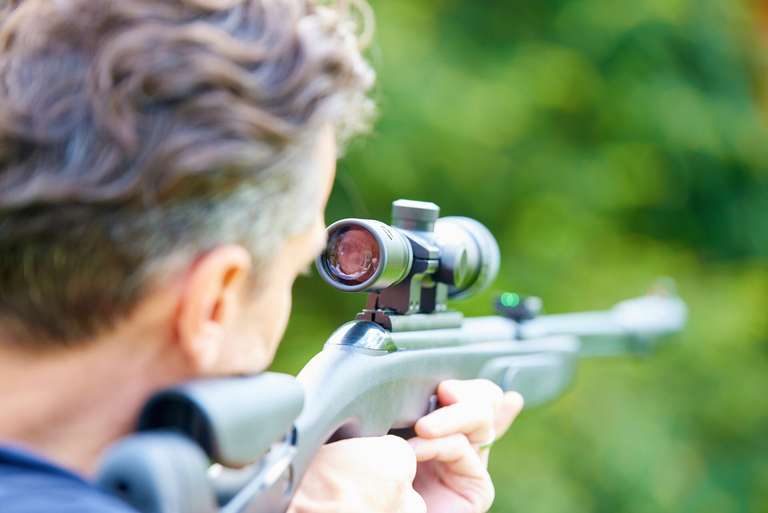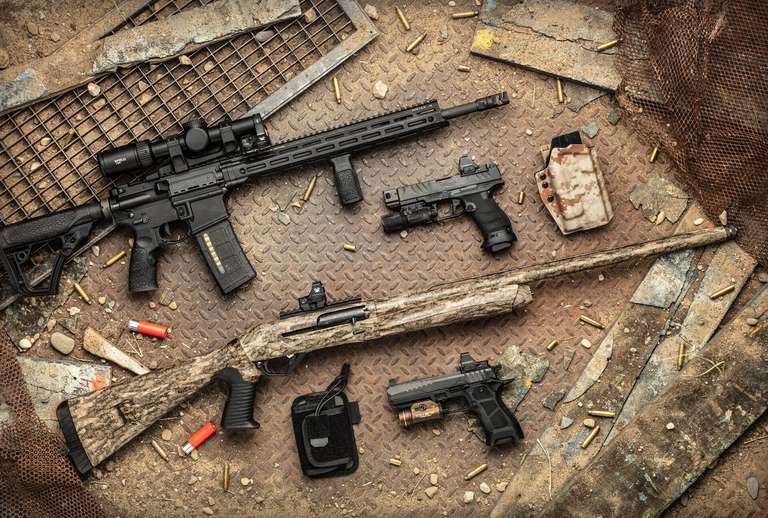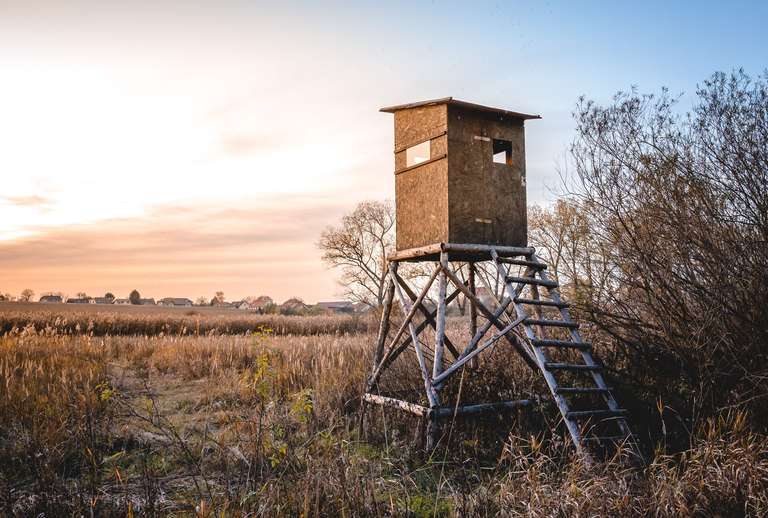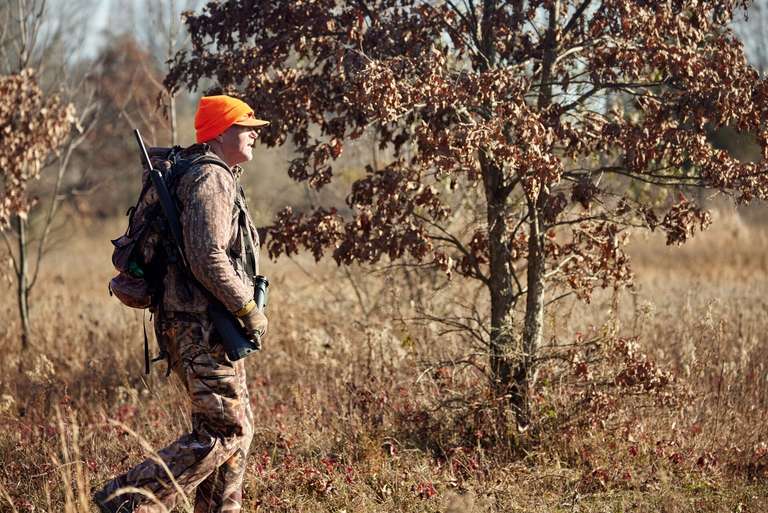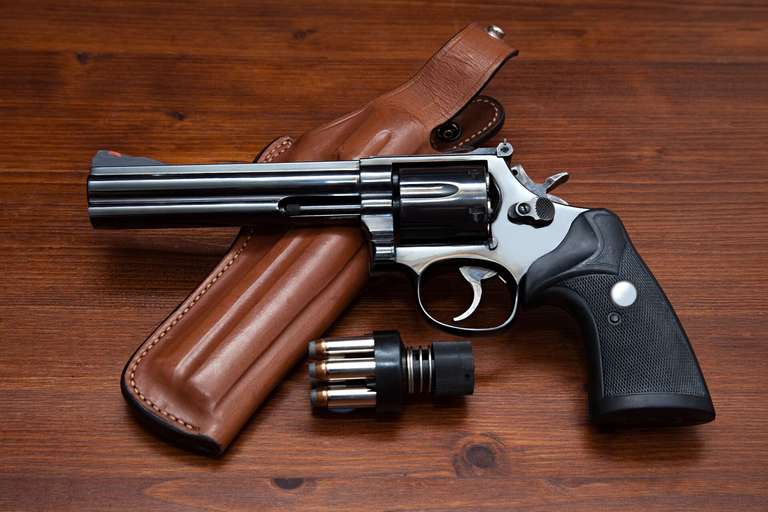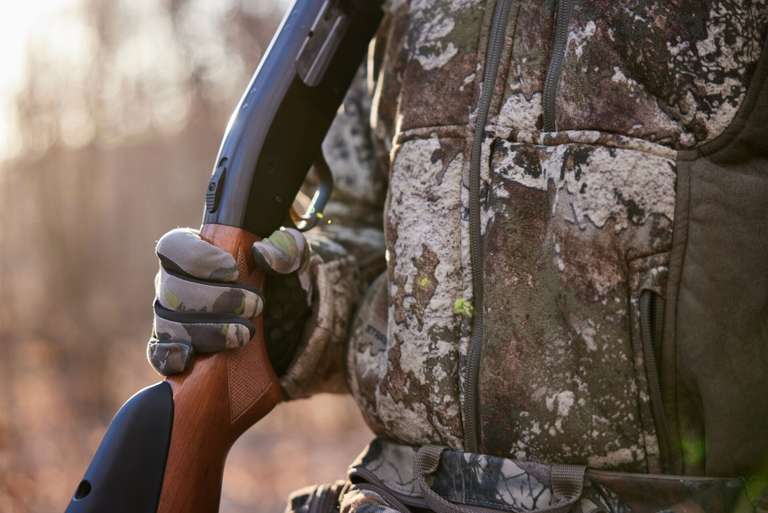Shotgun Know-How: How to Use Chokes for Shotgun Hunts
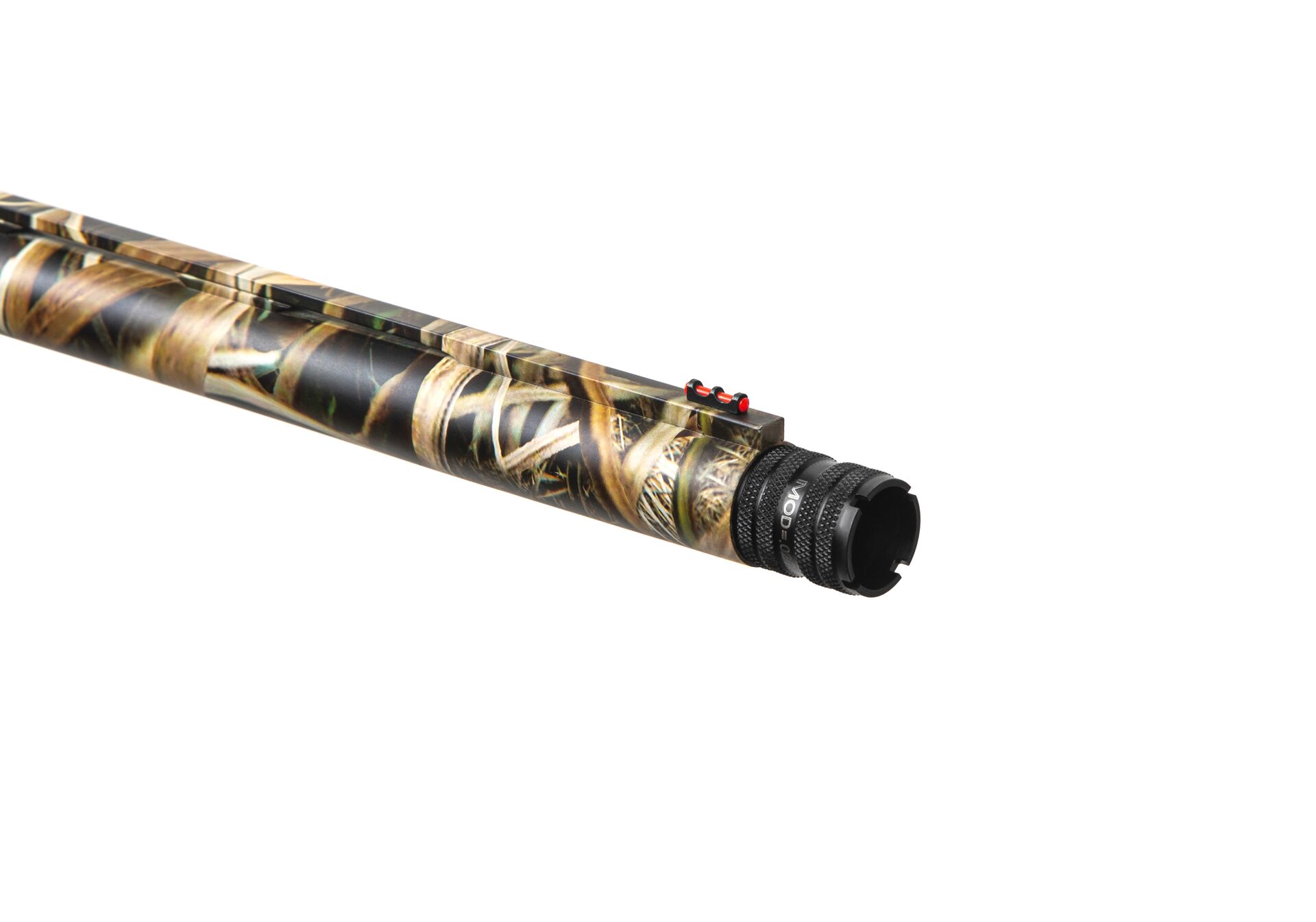
As a hunter, knowing the nuances of your equipment is essential. One often overlooked component in shotgun hunting is the choke.
While understanding the function of a shotgun choke is relatively straightforward, knowing when to use one and how to match it to your type of hunting can sometimes be overwhelming.
In this guide, we'll explore the world of chokes for shotgun hunts so you can make the most informed choices when taking your shotgun to the field or duck blind.
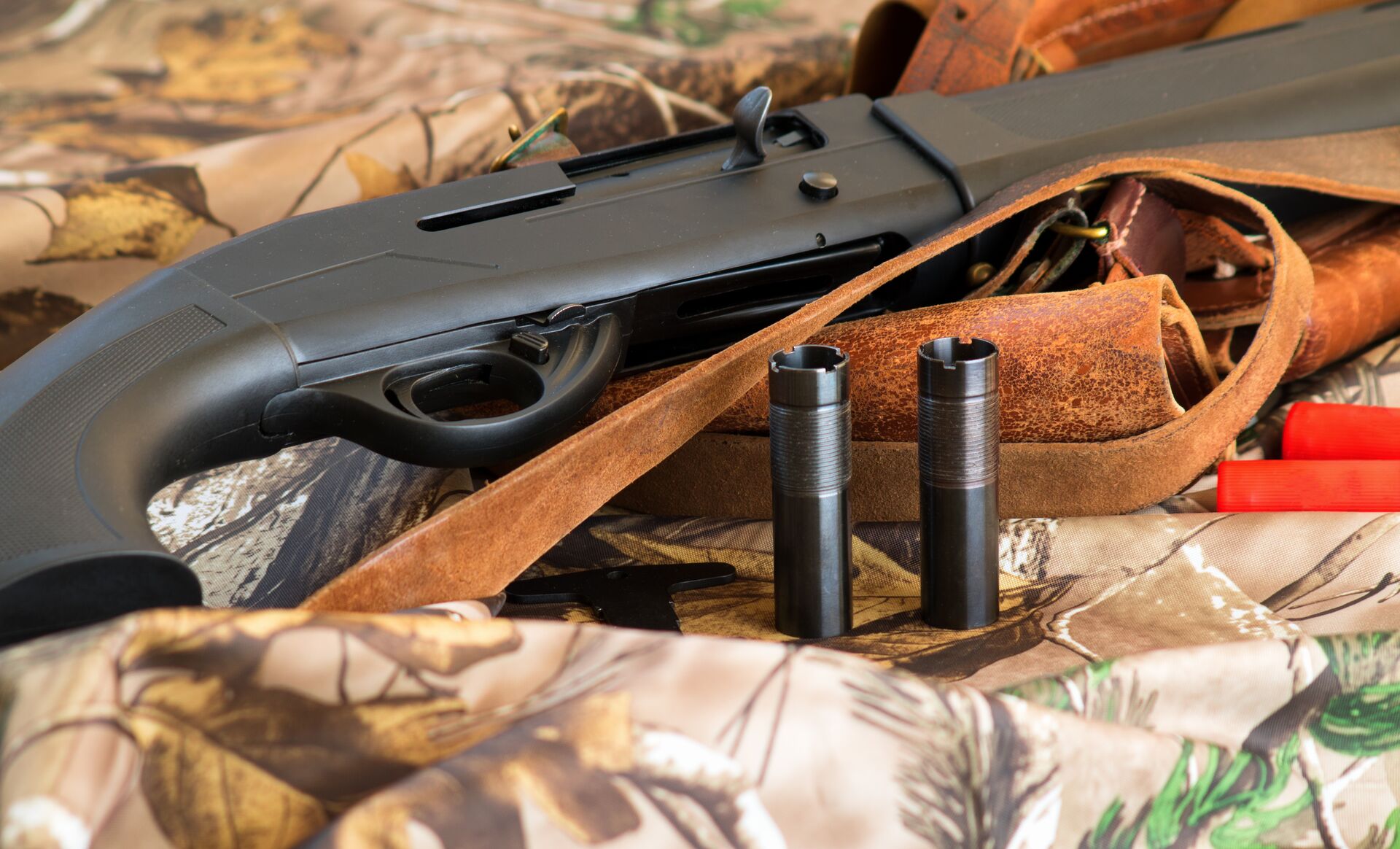
What Is a Shotgun Choke?
A shotgun choke is a 2-3-inch threaded metal cylinder that is screwed inside the barrel at the muzzle. The choke's only purpose is to better control the spread of shot pellets by constricting the barrel diameter at the muzzle.
Altering the size of the constriction at the muzzle changes the shot spread, density, and accuracy at various ranges.
What Are the Types of Chokes?
Shotgun chokes are available in five general types, each designed for specific game and hunting scenarios. Here are a few to be familiar with as a hunter.
Cylinder (No Constriction)
The cylinder choke is the same diameter as the barrel and does not restrict the pellets. This choke excels in short-range shots where you want a large pellet dispersal.
Cylinder chokes are commonly used for home defense and close-range hunting in dense cover for quail, grouse, and rabbits at distances under 20 yards.
Improved Cylinder (Minimal Constriction)
The improved cylinder adds a slight constriction of around 0.010 inches. This choke works well for close-to-mid-range shots between 20-30 yards and is popular for waterfowl hunters in flooded timber and upland hunters working in open fields.
Modified Choke (Moderate Constriction)
Considered the most versatile choke, the modified choke typically constricts the barrel by 0.020 inches. This keeps the pellets closer together to create a denser shot pattern at longer distances, between 25-40 yards.
It is often used for sporting clays, waterfowl, and larger upland game like pheasants.
Improved-Modified (Moderate Constriction)
Slightly tighter than the modified choke but not as tight as the full, the improved-modified constricts the barrel by about 0.030 inches. This tends to provide a good shot pattern balance between spread and density at longer ranges between 30-45 yards.
For this reason, improved-modified is another favorite for upland and waterfowl hunters.
Full Choke (Tight Constriction)
The full choke provides a 0.040-inch constriction at the barrel and is designed for long-distance targets. The pellets stay in a tighter group for longer distances between 35-50 yards, making this choke preferred by trap shooters and some turkey hunters.
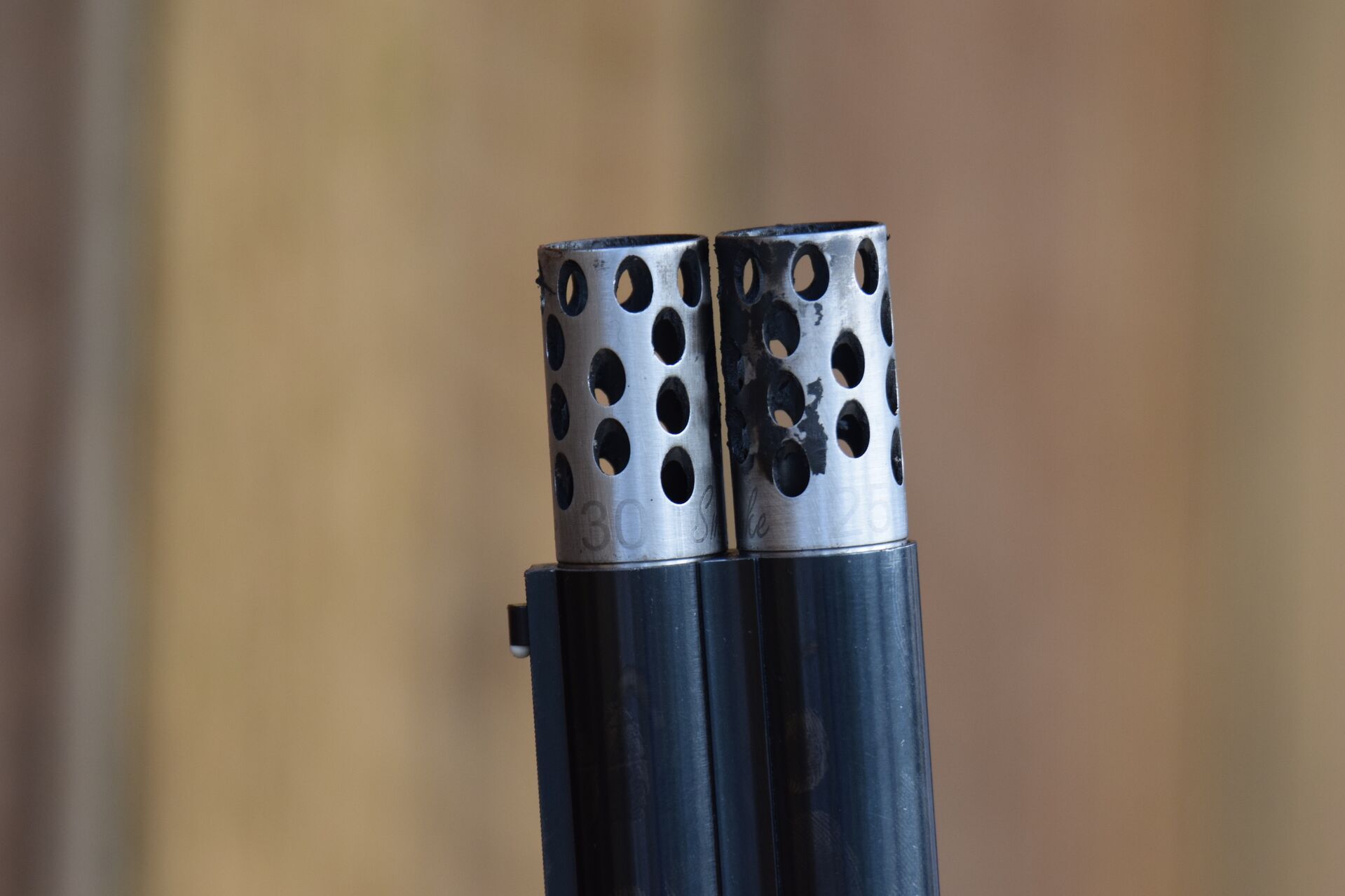
Specialty Chokes
In addition to the chokes mentioned above, hunters often use "specialty" chokes for specific hunts.
These can include:
- A turkey choke constricts the barrel by about 0.660 inches, depending on the manufacturer. These chokes create ultra-tight patterns to provide maximum range and density when targeting a specific, single bird. A turkey choke typically generates a shot pattern the size of a baseball at 20 yards and a basketball at 40 yards.
- A waterfowl choke is designed to pattern steel and other non-toxic shot. These chokes are available in varying constrictions and typically extend outside the muzzle to eliminate barrel damage that comes with prolonged use of steel shot.
- A rifled choke has grooves, or rifling, inside the choke tube to increase accuracy for slugs, rifled slugs, and sabots.
As you can see, you have plenty of options to adjust your shot when considering chokes for shotgun hunts.
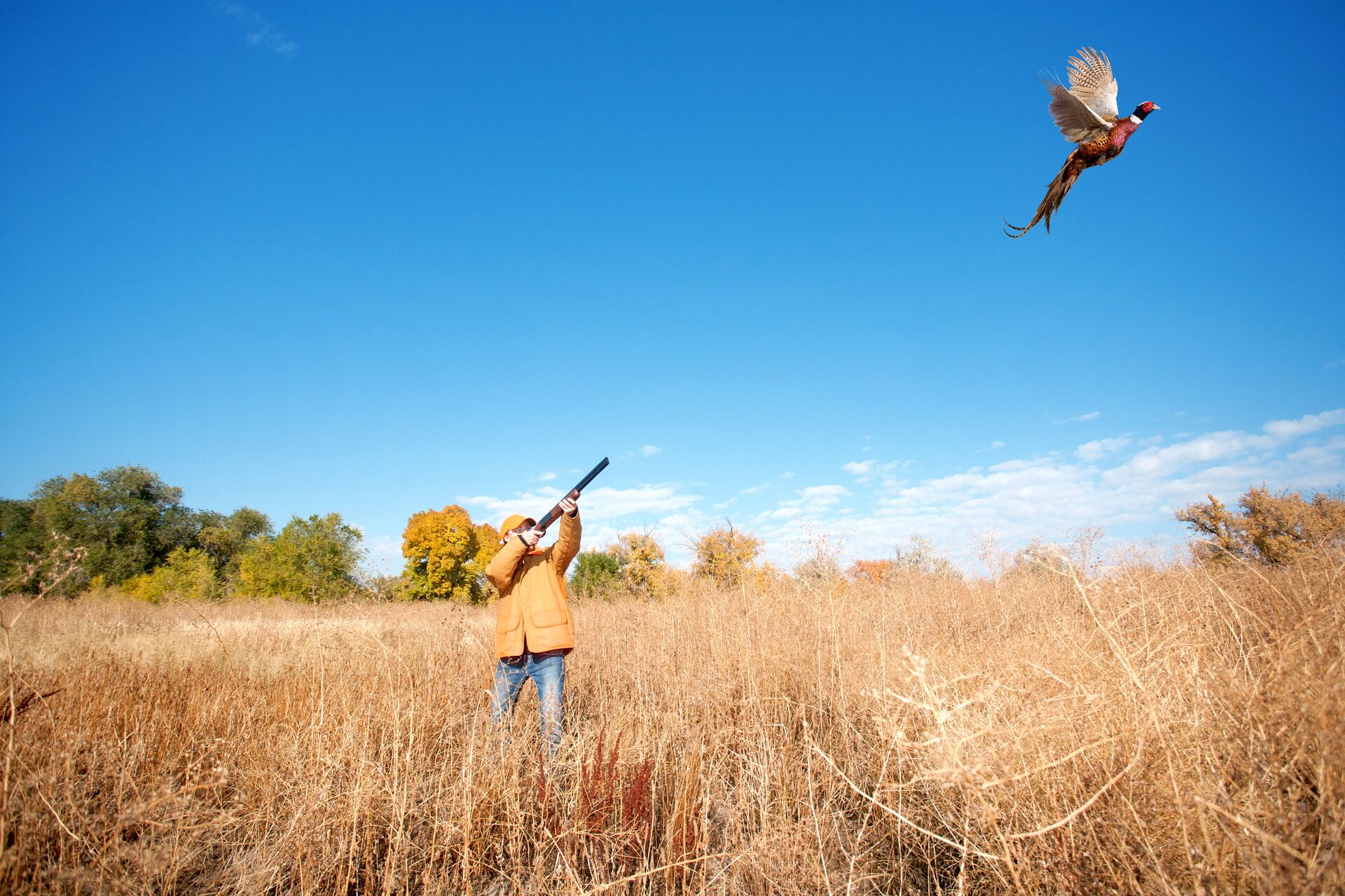
How Chokes Affect Your Shot Pattern
A choke functions like an adjustable nozzle on a garden hose.
- A smaller nozzle (choke) creates a narrower, farther-reaching stream.
- A more open nozzle makes a wider spray, which is better for closer coverage.
Similarly, tighter chokes like the full or turkey choke keep the pellets in a smaller group, giving you a denser but smaller pattern. More open chokes like the cylinder or improved cylinder allow the pellet to disperse in a broader pattern.
Shot patterns will differ based on the type of shot you're using. Steel shot is not as malleable as lead and generally holds a tighter pattern. This is why repeated use of steel shot in a full or turkey choke may cause a ring bulge near the muzzle and should not be used with these types of shotgun chokes.
Choosing the Right Choke for the Hunt
So, how do you choose the right choke for your hunt?
Factors that affect your choke selection include:
- Game Species: Each species you're hunting will present shooting opportunities at different distances. Fast-flying quail may flush right under your feet, which calls for a fast shot with the dispersed pattern of an improved cylinder choke. On the other hand, a turkey may only come into 40 yards and present a small target that requires a longer range and denser pattern of a full or turkey choke.
- Environmental Factors: Vegetation, wind, and standard shooting distances in your hunting terrain will also dictate choke selection. Dense cover might require a tighter choke, while open fields require a less constrictive choke.
- Personal Shooting Style: Tighter chokes require more precision, and open chokes are more forgiving regarding the shooter's accuracy.
Most novice shotgunners tend to overestimate the range of their target and use too much choke. If you find that you keep missing, you may want to test using a more open choke.
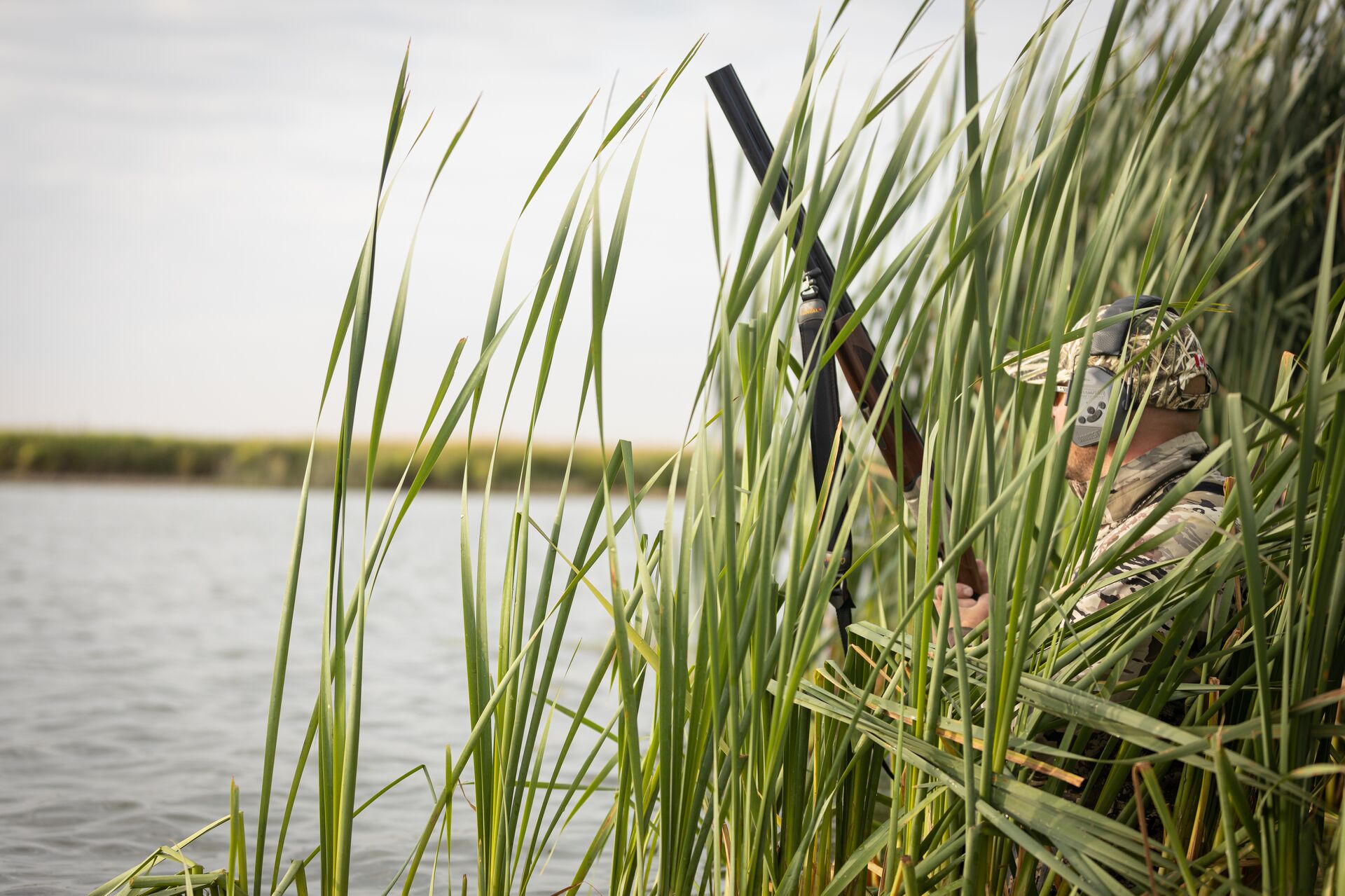
Interchangeable vs. Fixed Chokes
Modern shotguns come with threaded muzzles that allow you to change chokes. This flexibility gives you options to match your shot pattern and density to the game and environment.
Older shotguns, manufactured before the 1960s when screw-in chokes started appearing, often have fixed chokes. The barrel is not threaded, and the muzzle diameter is set at the factory when the barrel is made.
Testing Your Choke
Everything we've covered about chokes and choke selections are starting points. However, selecting the right choke for your quarry is the art of compromise.
- If the choke is too open, the bird may fly through the pattern unscathed.
- If it's too dense, you could miss the target completely.
A good rule of thumb is to use a choke and load combination that will put 70-75% of the pellets inside a 30-inch circle (about the size of a standard car tire) at the distance you will most often shoot.
Since every gun, choke, and load will produce different spreads, you'll need to test your choke and load combination in a process called patterning.
To pattern your shotgun, place a paper target with a 30-inch circle at your anticipated shooting distance. Aim at the center, fire one round, and count the number of pellets inside the circle.
A standard 12-gauge cartridge will have approximately 410-460 size 8 pellets. You're good to go if you count at least 270 pellets (70%) inside the target circle. However, if there are fewer than 70%, decrease your distance or switch to a more open choke.
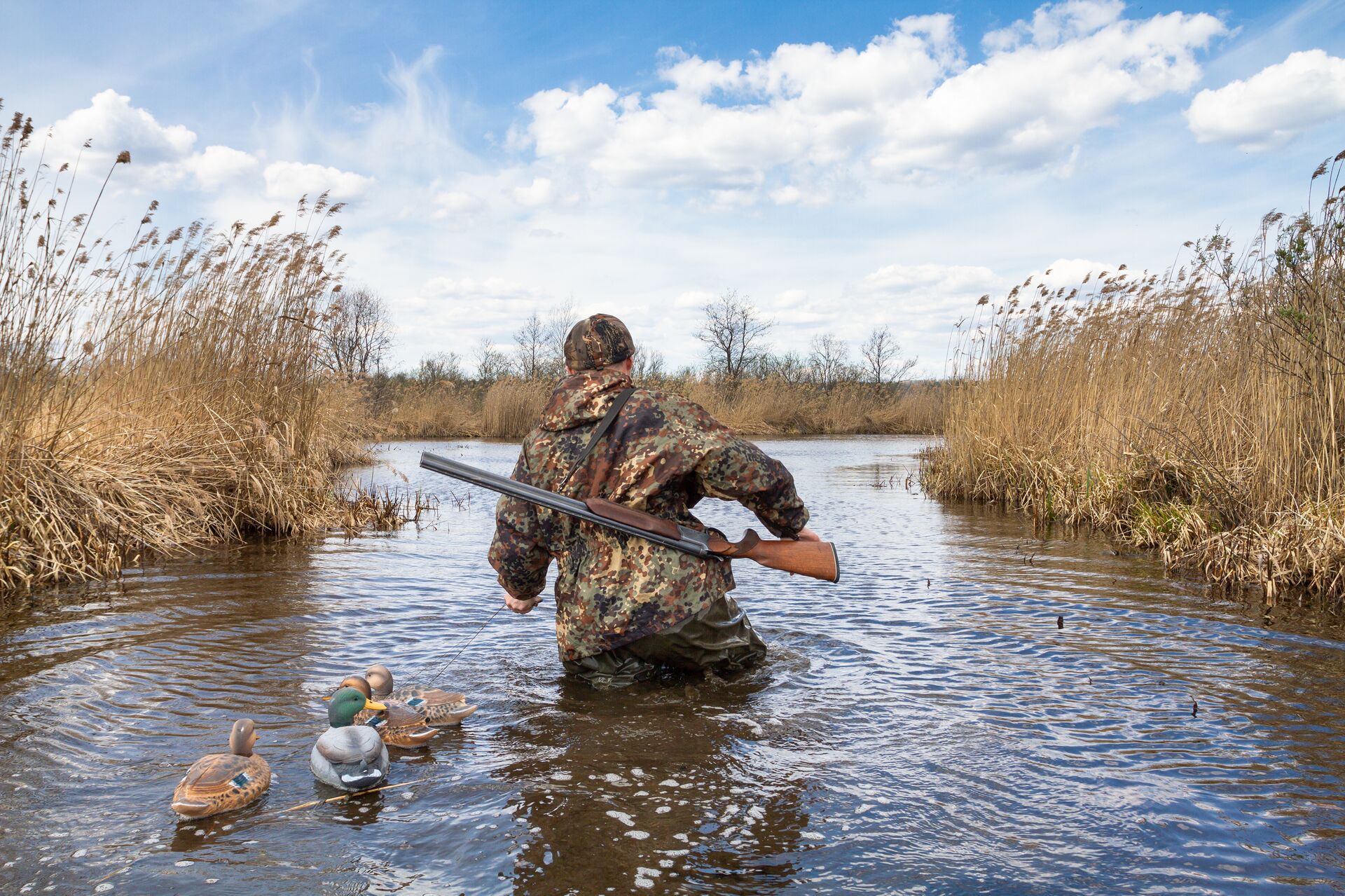
Choke Maintenance
Proper maintenance is critical to the choke's performance and durability. Over time, plastic from the wad and powder residue will build up inside the choke tube.
To keep your chokes for shotgun hunting in good working order:
- Always remove the choke after a shooting session and use a firearms solvent to clean the tube's interior and exterior. Also, gently clean the choke and barrel threads.
- Before inserting a choke, apply a light coat of gun oil to the threads to prevent seizing and facilitate installation.
- Inspect your chokes for cracks, dents, or damaged threads and replace them if necessary.
With these tips, you're ready to hunt with your shotgun!
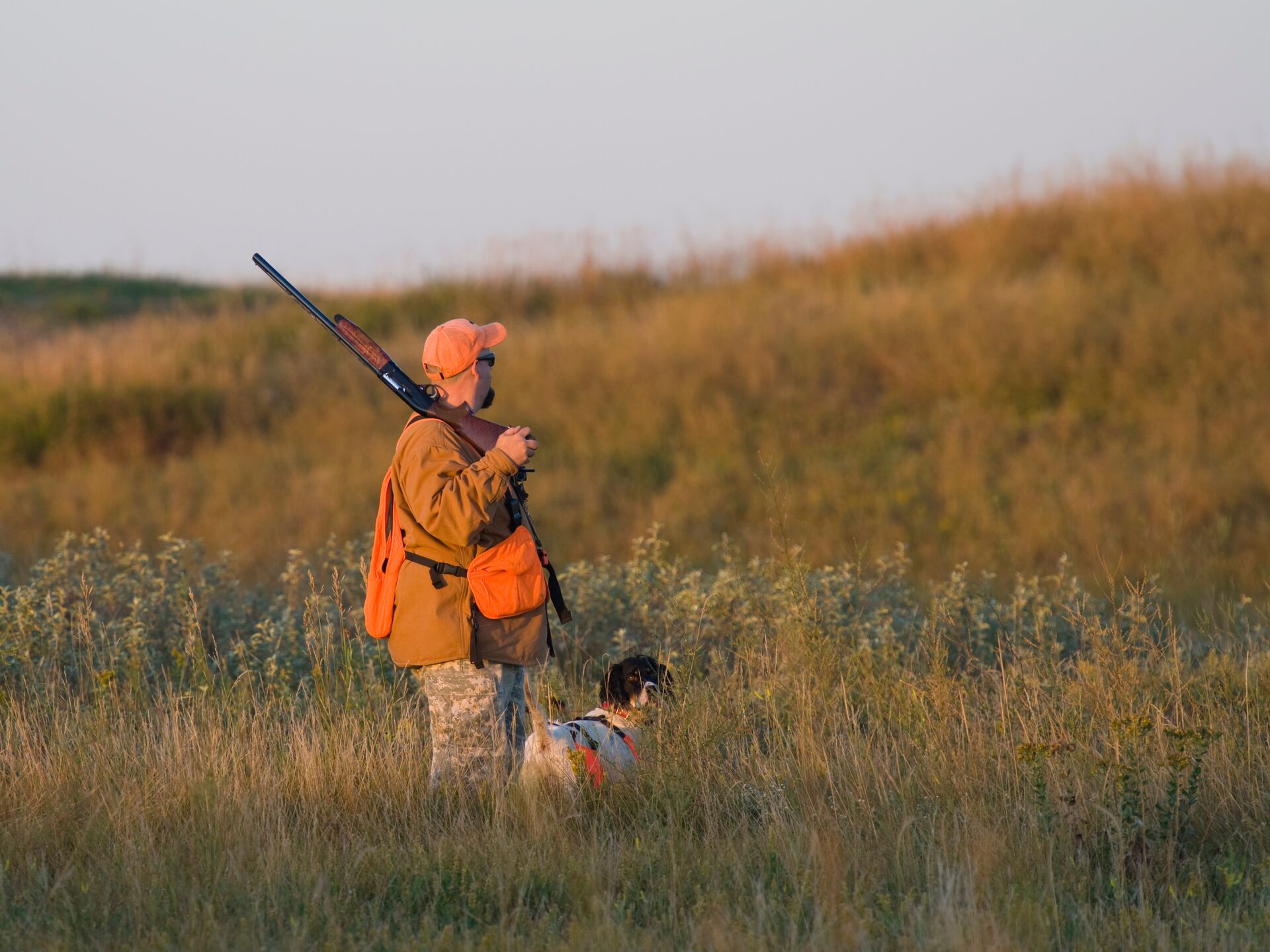
Stay Safe When Learning How to Use Chokes for Shotgun Hunts
Knowing how shotgun chokes work and how to pick the best one for hunting will dramatically improve your odds of ethically harvesting game. As with all skills, becoming a proficient hunter is a blend of knowledge gained from others and your personal experience.
That's why we encourage all hunters to keep learning and always prioritize safety when handling firearms and heading out into the field. Whether your state requires it or not, we recommend taking a comprehensive and state-specific hunter education course. The online courses we offer through ilearntohunt help you gain valuable insights into shotgun hunting, techniques, wildlife conversation, and safety that will help you become a better and more proficient hunter.
Choose the course for your state and start learning! Then, have a safe and successful hunting season.

